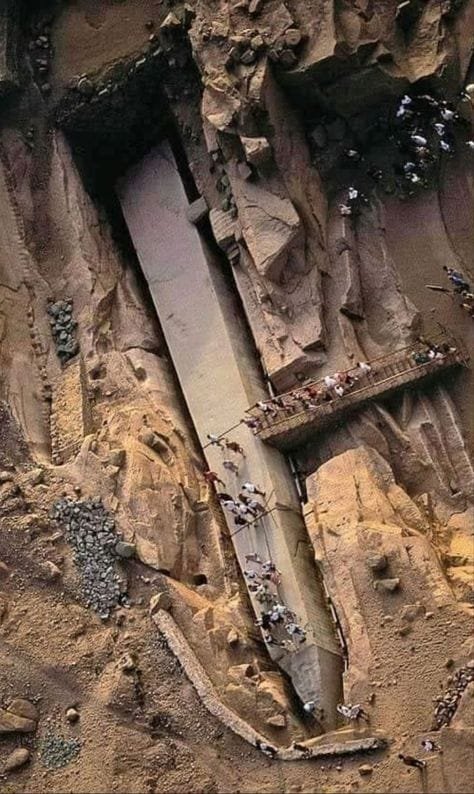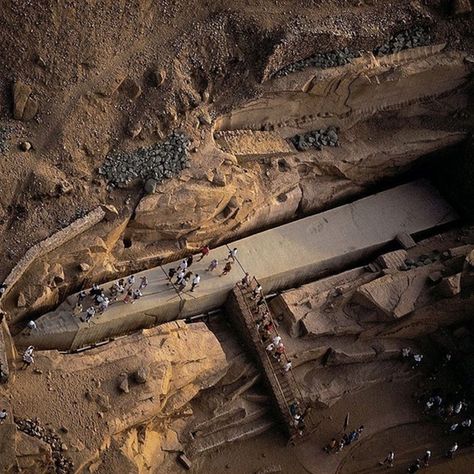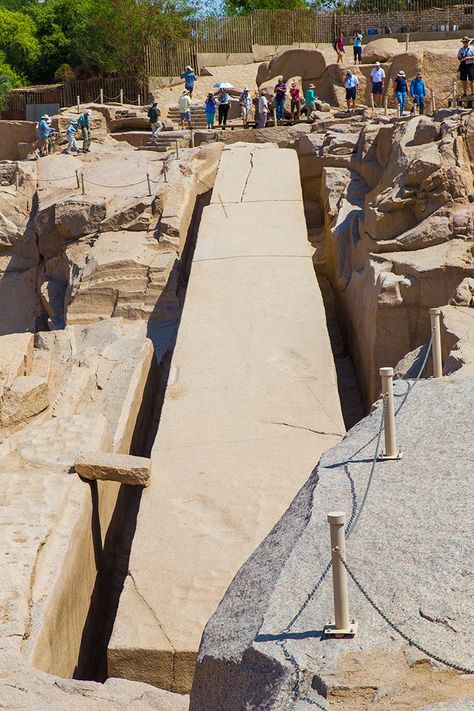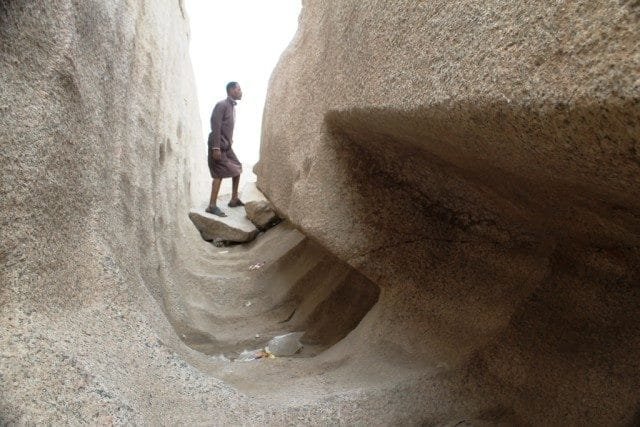The Unfinished Obelisk, located in the ancient stone quarries of Aswan, Egypt, stands as one of the most remarkable and enigmatic monuments of the ancient world. This colossal structure, which was never completed, offers modern-day visitors and archaeologists a rare opportunity to peer into the complexities of ancient Egyptian stone-cutting techniques, as well as to explore the cultural significance of these monumental projects. Believed to have been commissioned by Queen Hatshepsut in the 15th century BCE, the Unfinished Obelisk was intended to be one of the largest ever constructed. However, due to a crack discovered in the granite, the project was abandoned, leaving behind a half-carved stone that continues to fascinate scholars and tourists alike. The Unfinished Obelisk not only sheds light on the ambitious engineering feats of ancient Egypt but also symbolizes the powerful connection between the pharaohs, the gods, and the eternal quest for monumental legacy.
Egypt Tour Magic
Each tour type can be adjusted in terms of duration, activities, and accommodations to best meet the needs and interests of your clients.
About Us
Embark on a journey with Egypt Tour Magic and discover the magic of Egypt like never before …
Our Services
Discover the magic of Egypt with Egypt Tour Magic, where every detail is taken care of to ensure..
Our Team
At Egypt Tour Magic, our dedicated team is passionate about creating unforgettable travel experiences....
Refund and Returns Policy
At Egypt Tour Magic, we strive to provide exceptional travel experiences. However ..
Contact Us
We’re here to help you with any questions or to assist you in planning your next ..
Egypt Tour Magic
Explore More About Us








